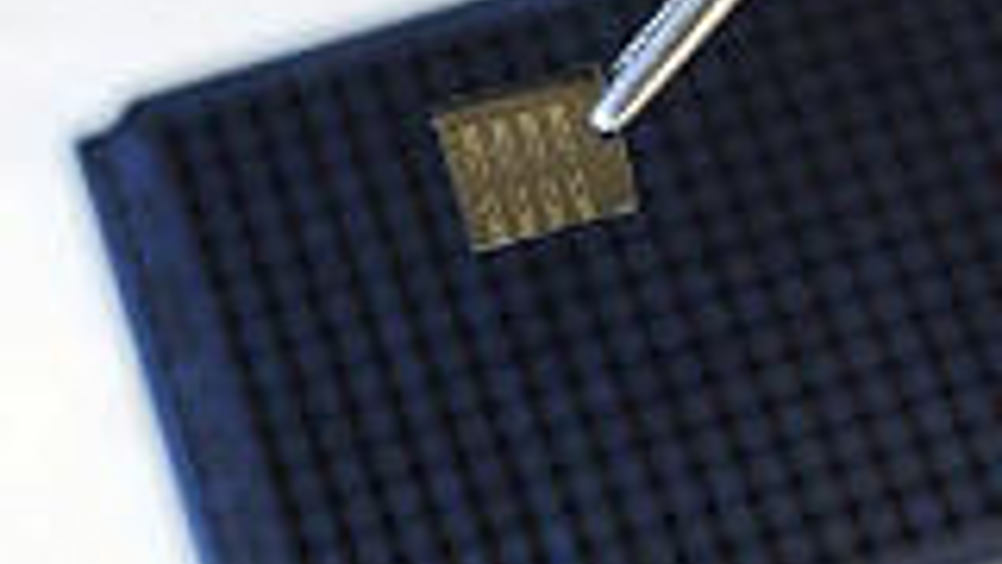Biosensing technology could help establish real time medical diagnosis
2 mins read
New electronic biosensing technology developed by a team of microelectronics engineers could make standard biomedical research tools and diagnostic labs a thing of the past.

Arrays of tiny test tubes, microplates have been used for decades to simultaneously test multiple samples for their responses to chemicals, living organisms or antibodies. Fluorescence or colour changes in labels associated with compounds on the plates can signal the presence of particular proteins or gene sequences.
Now researchers at the Georgia Institute of Technology hope to replace these microplates with modern microelectronics technology, including disposable arrays containing thousands of electronic sensors connected to powerful signal processing circuitry. The team says that the new electronic biosensing platform could make real time disease diagnosis possible - potentially in a physician's office.
Fundamental to the new biosensing system is the ability to electronically detect markers that differentiate between healthy and diseased cells.
"We have put together several novel pieces of nanoelectronics technology to create a method for doing things in a very different way than what we have been doing," said Muhannad Bakir, associate professor in Georgia Tech's School of Electrical and Computer Engineering. "What we are creating is a new general purpose sensing platform that takes advantage of the best of nanoelectronics and three dimensional electronic system integration to modernise and add new applications to the old microplate application. This is a marriage of electronics and molecular biology."
The three-dimensional sensor arrays are fabricated using conventional low cost microelectronics technology. Although existing sample preparation and loading systems may have to be modified, the team claims that new biosensor arrays should be compatible with existing work flows in research and diagnostic labs. Ultra high density spring-like mechanically compliant connectors and advanced 'through-silicon vias' will make electrical connections while allowing technicians to replace biosensor arrays without damaging the underlying circuitry.
Separating sensing and processing portions allows fabrication to be optimised for each type of device. The sensitivity of the tiny electronic sensors can often be greater than current systems, potentially allowing diseases to be detected earlier. Because the sample wells will be substantially smaller than those of current microplates - allowing a smaller form factor - they could permit more testing to be done with a given sample volume.
The technology could also facilitate use of ligand-based sensing that recognises specific genetic sequences in DNA and provide an indication of the proteins that are being expressed by that patient.
So far, researchers have demonstrated a biosensing system with silicon nanowire sensors in a 16well device built on a 1x1cm chip. The nanowires, 50x70nm, differentiated between ovarian cancer cells and healthy ovarian epithelial cells at a variety of cell densities.
The team believes that, with enough sensors, it will one day be possible to screen for thousands of disease markers in real time.












